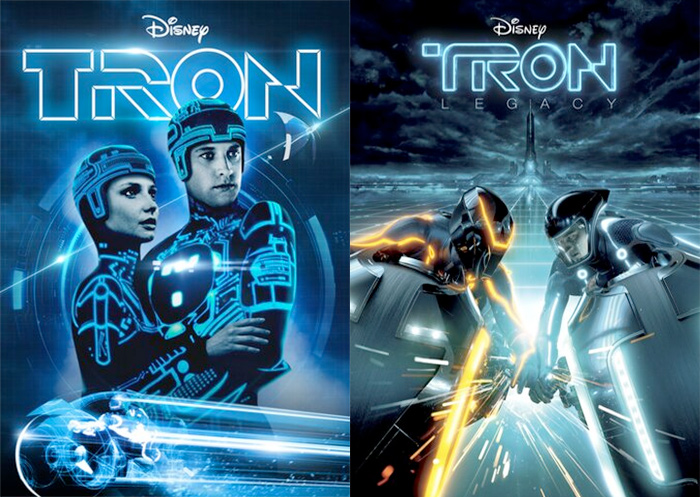
Disney / Buena Vista
With the release of Tron: Ares, there is no better time to revisit the groundbreaking 1982 grandfather of CGI, Tron, and its 2010 heir, Tron: Legacy.
In Tron, we follow the genius coder Kevin Flynn. His multi-million-dollar game codes have been stolen by rival coder Edward Dillinger at Encom.
With the help of his former colleagues, Alan and Lora, Flynn breaks into Encom to get evidence of Dillinger’s theft.
In an accident, Flynn is “de-rezzed” and sucked into the world of The Grid, an AI world created by Flynn’s codes. Flynn, with the help of Alan’s program, Tron, fights Dillinger’s Master Control Program. Flynn races to retrieve the code and return to the real world.
As a kid, I remember being blown away by the original Tron.
There was nothing like it. At a time when everything was trying to be Star Wars, Tron went in a very different direction. Director Steven Lisberger worked with French illustrator Jean ‘Moebius’ Giraud and neo-futurist artist Syd Mead to create the world of “The Grid” and its inhabitants. The result: from costumes to the light cycles to the environments, Tron stood apart from the sci-fi of the era.
Tron was ahead of its time, both in story and filmmaking technology. It was a commentary on the potential risk of overuse of computers, causing humans to lose the ability to solve problems or do the work themselves.
The story foreshadowed the now ongoing debate about AI.
Even though it was a complete box office flop at the time, Tron has since become a cult classic. Before its release, nothing else looked like it. Tron’s effects and animation inspired future teams of animators. It has since been acknowledged as a trailblazer for computer animation and digital effects.
Its cult status paved the way for a sequel over 18 years later with Tron: Legacy.
Tron: Legacy picks up with Flynn’s son, Sam, the reluctant heir to Kevin Flynn’s legacy.
An orphan after his mother’s death and his father’s disappearance, Sam wants nothing to do with the day-to-day running of Encom, which he inherited from his father’s share in the company he helped create in the original film.
But when Alan shows up with a pager message from his father, Sam follows the breadcrumbs left by his father that lead him to “The Grid.”
In the Grid, Flynn’s program Clu has gone rogue. Clu has taken over The Grid, and eradicated all programs that don’t conform to his pursuit of perfection. Clu is bent on invading the real world. Sam must stop Clu and return to the real world.
Tron: Legacy has the disadvantage of many second-generation iterations that follow an innovator.
How do you level up? While I think Tron: Legacy is a worthy sequel, it doesn’t have the same impact as the original. The story is a simple retelling of the original. A real-life person gets sucked into the Grid, needs to retrieve some information, stop the bad guy, and get out.
It touches on some interesting concepts: the spontaneous genesis of digital beings (sentient AI), do programs only exist to serve a user, and can programs and users coexist? Each of these concepts is only barely explored. Where the first Tron seemed interested in digging into these ideas, Tron: Legacy definitely leans into a shiny action movie.
Tron: Legacy spends a lot of time in the Games.
One-on-one disc wars and light cycle races abound. Don’t get me wrong. It’s cool to watch. The new designs are sleek, and the action sequences have been upgraded, featuring slick martial arts. But where Tron felt new and fresh when it came out, Tron: Legacy feels derivative, and not just of its own franchise. It looks like Tron had a baby with The Matrix and Blade Runner. It’s a blast to watch, but it doesn’t stand out from other action films.
However, like its predecessor, Tron: Legacy stretched itself with its filmmaking technology.
Tron: Legacy was one of the first films to fully utilize digital de-aging. The effects team created a Jeff Bridges half his age for flashback sequences, as well as to produce the character Clu. The effect has an uncanny valley feel for “real world” Flynn, but it works for his Clu digital copy.
Both Tron and Tron: Legacy stand out for their scores. The soundtracks make the films. Tron’s composer, Wendy Carlos, was one of the original masters of digital music. Her soundtrack to Tron gives the world texture and immerses you in the Grid. Tron: Legacy’s Daft Punk were excellent successors to Carlos. Their soundtrack almost carried Tron: Legacy. Music is such an essential component to the Tron Franchise, I am very interested to see what Trent Reznor will do with Tron: Ares.
No home version of Tron has ever brought me back to the seeing-it-in-the-theater experience. Gen X-ers will remember the bleeding reds and blobby blues of VHS. Even the DVD still had the color haziness of home video.
Color is a vital part of the Tron world. It has never looked as crisp and clean as it has with the 4K Blu-Ray. It brought me back to my first experience of Tron.
So, before you head out to see Tron: Ares, queue up Tron and Tron: Legacy. It’s time to enter the Grid.
End of Line.






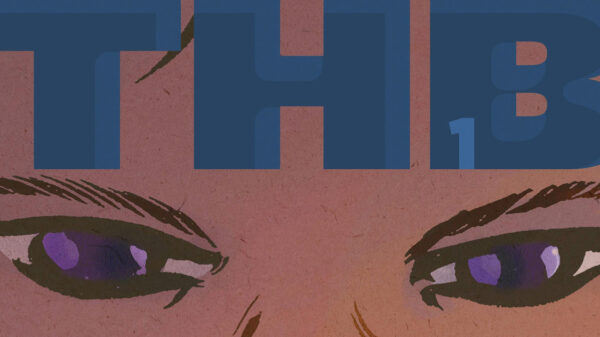

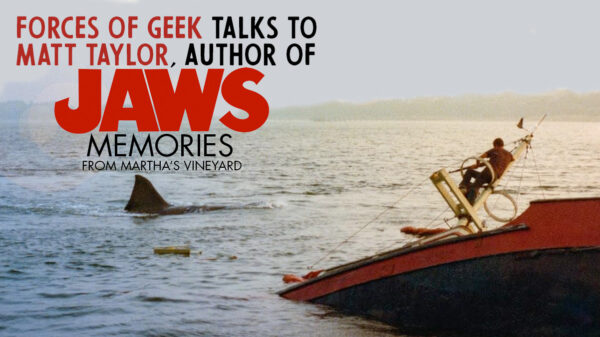
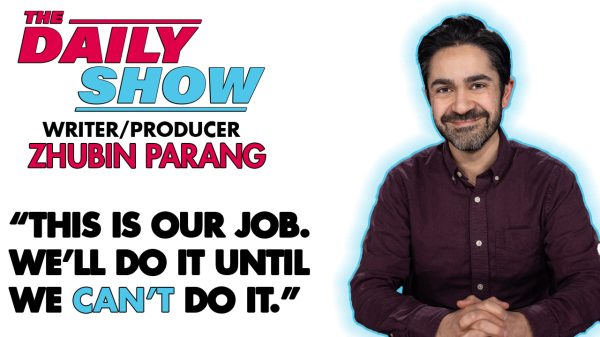

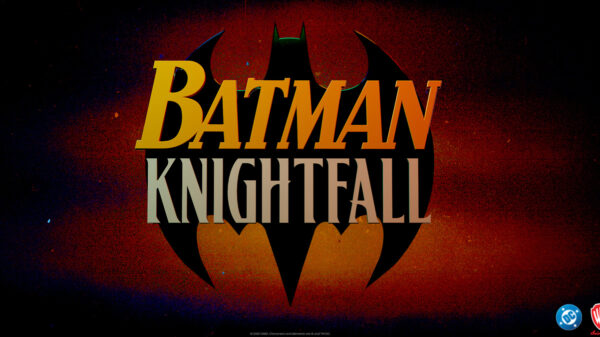






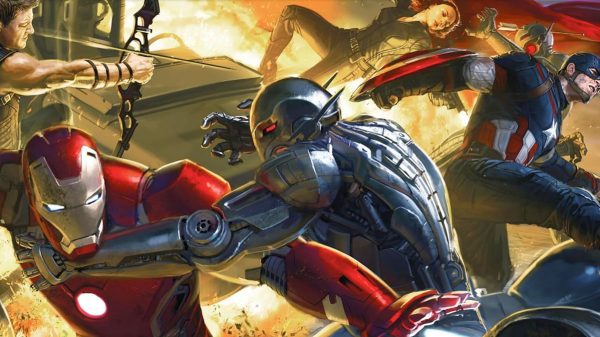

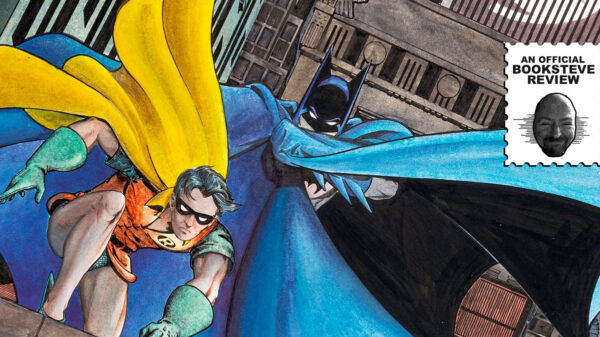





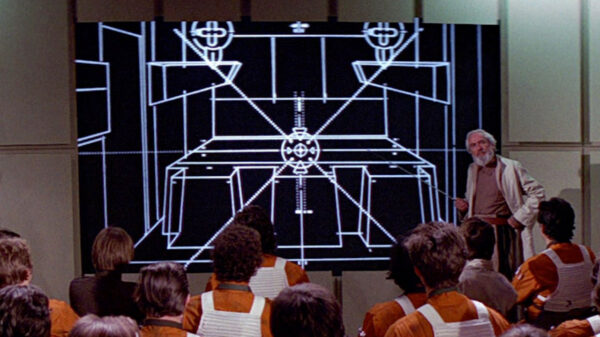


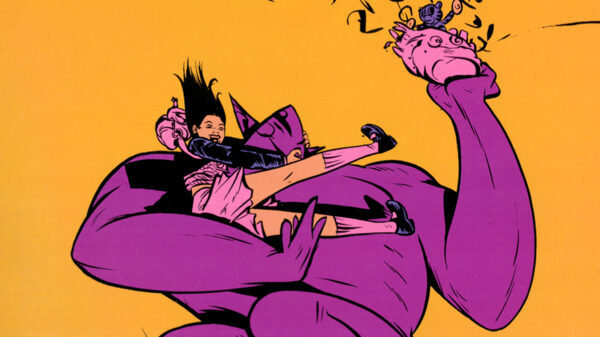







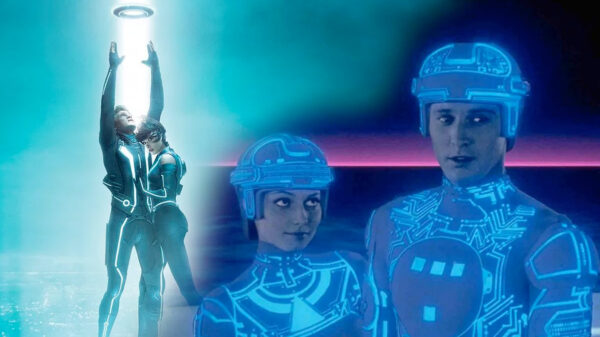




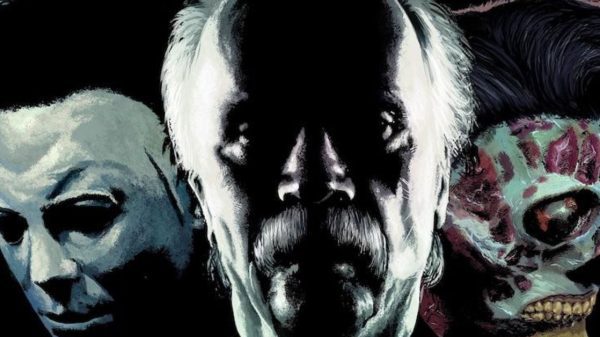
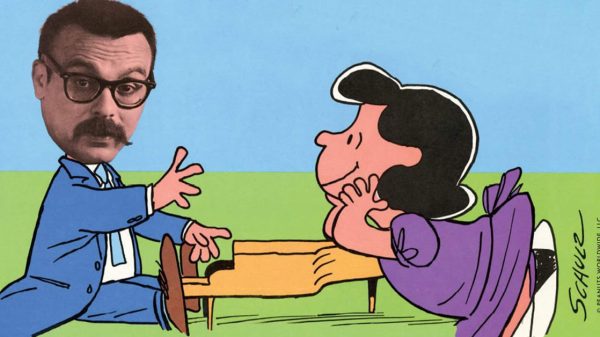














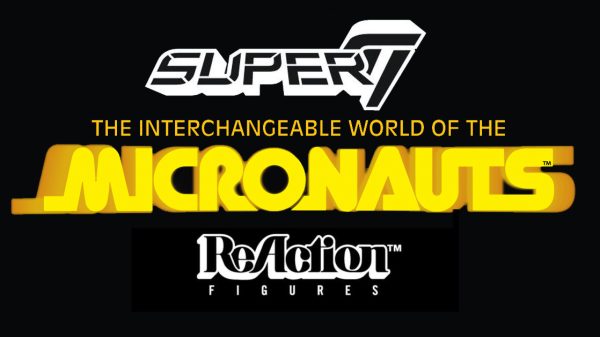
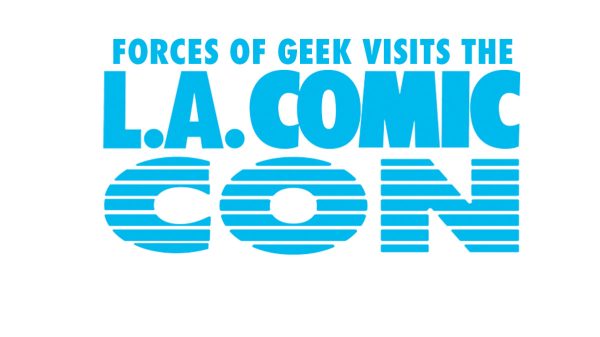
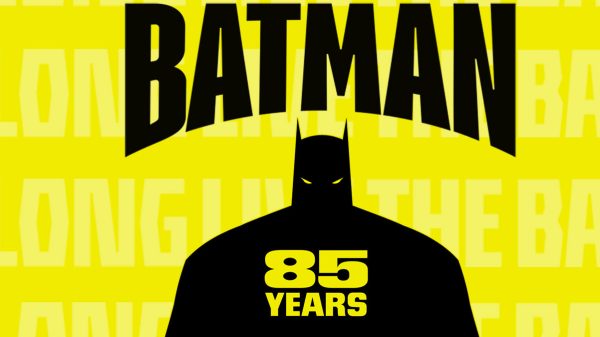



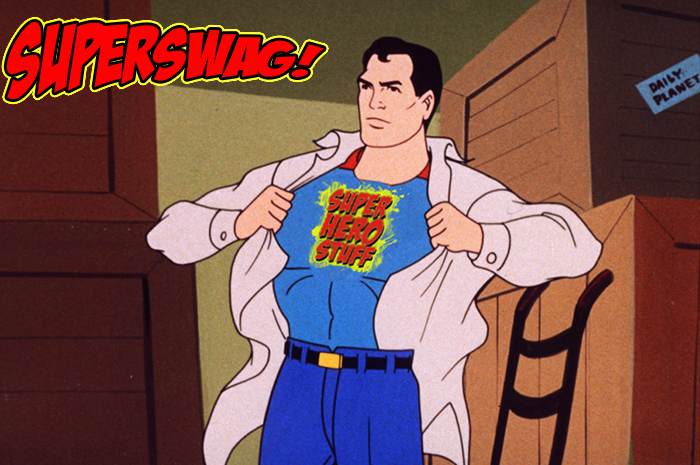











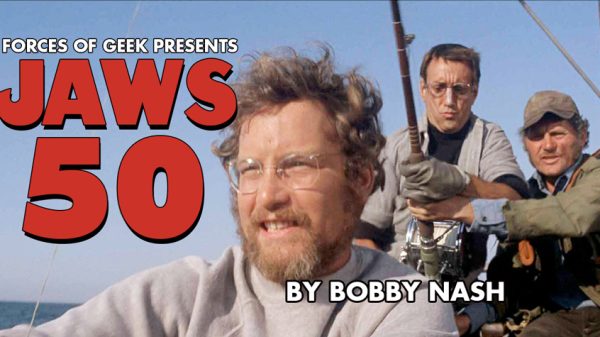









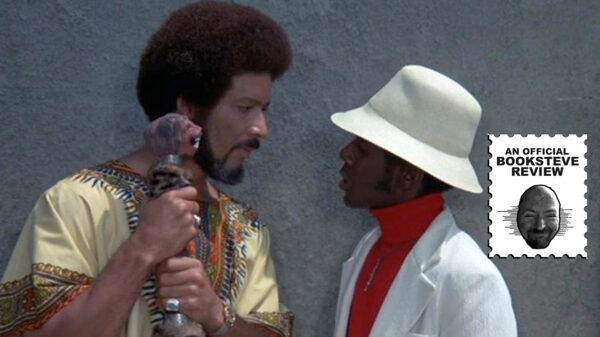






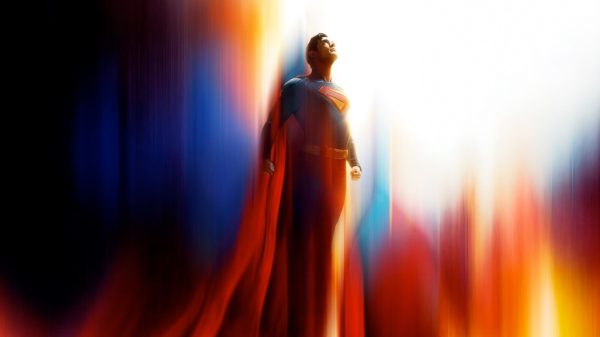










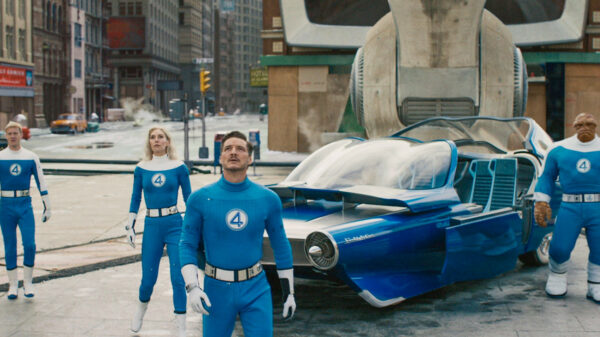





You must be logged in to post a comment Login